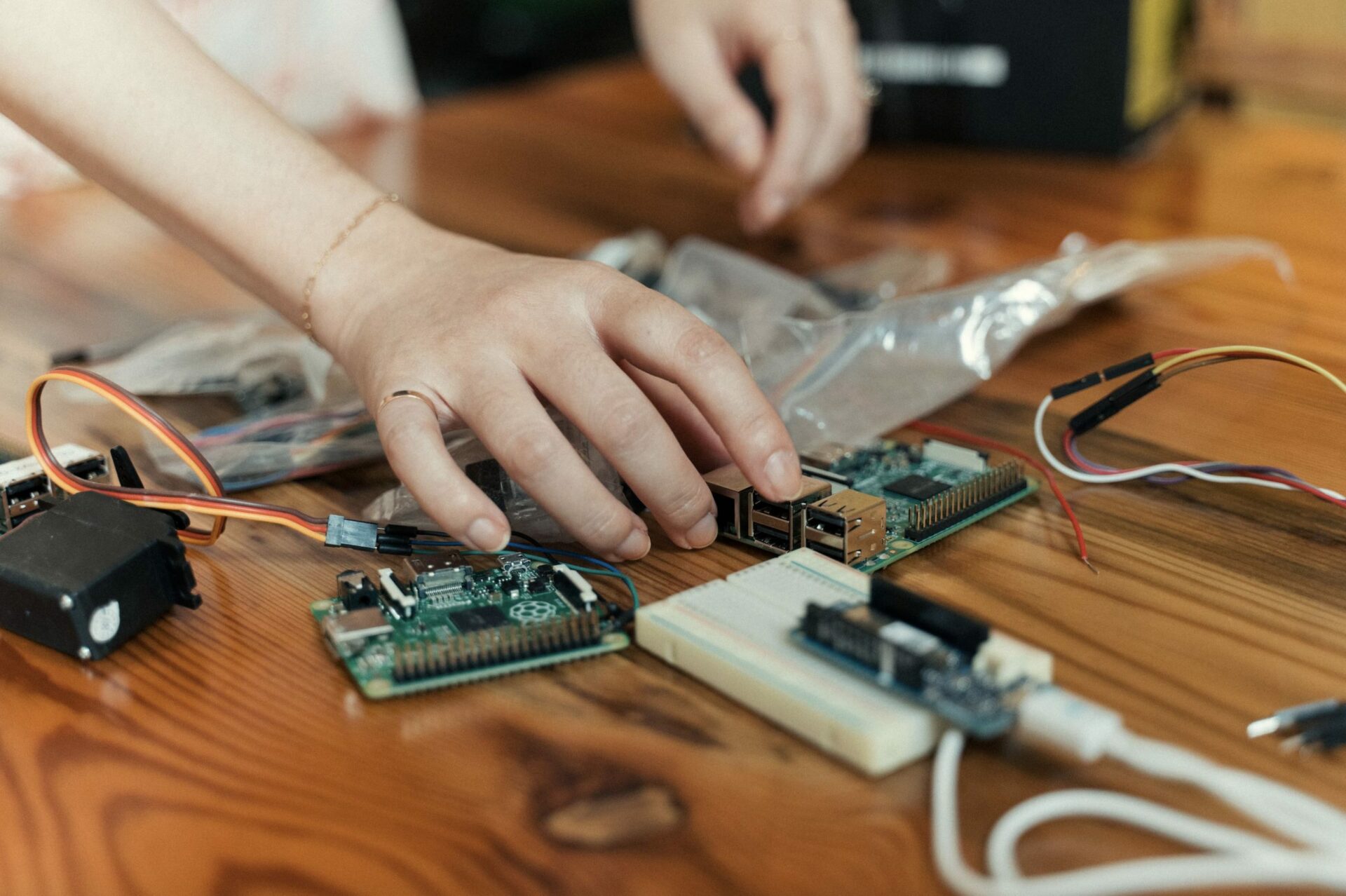Creative technology and play
Fun interview with Nicole He, “a creative technologist whose work lives in the space between video games, physical computing, and witty conceptual art.” Her profile is interesting in our FabCity context because He finds herself at a roughly adjacent intersection to ours.
With a background in journalism and community outreach, she then went back to school for NYU’s ITP (Interactive Telecommunications Program). She uses open source hardware like the Arduino platform, software, voice recognition, and play to make art and games. In other words, a mix of creativity and technology. This mirrors quite a lot of the spirit and projects around fablabs and the exploration, discovery, and invention found within them, and in the FabCity vision for our cities.

[AI is] basically run by humans—every single part of it—whether the labor is invisible, outsourced, or not, it’s just computer programs run by people. The thing you notice is that when people speak in the abstract about computer programs written by engineers versus AI, they think about those things very differently.
Her experiments are also worth noting because she engages in this same curious and playful way with systems most of us often expect to be too complex and remote, yet she manages to build a texting bot based on a spreadsheet, uses voice recognition, creates experiences with voice assistants, and even teaches an AI to interview Billie Eilish.
The AI was trained on all the interview questions that people have asked Billie Eilish over the years. We collected all the publicly-available interview questions that have ever been asked of Billie Eilish.
Her view of AI is also something to keep in mind, taking the time to be honestly critical, and to do our best to understand what’s “behind the curtain.” Lastly, towards the end of the interview, perhaps a lesson for other projects, a switch in perspective: making a game instead of a “simple” interactive experience, so people engage with it longer.
One thing I’ve noticed doing creative technology work is that when you make an interactive experience, people look at it and think, Oh, cool, that’s cool. Then they leave. The question is, How do you get somebody to engage with your interactive experience for more than two minutes? I guess you call it a video game, and that’s how you do it [laughs]!
